It was a typical Sunday in June of 2019 when a thunderstorm produced a fierce windstorm that blew through the Dallas-Fort Worth area. An above-average number of trees were damaged, making streets unpassable and severing electricity to several thousand individuals. Local power company crews worked 18-hour shifts to restore electricity to their customers. The damage to the electrical system was so devastating that electrical utility providers from outside the state of Texas were brought in to help with restoration efforts. There was massive destruction to trees that had existed for 50-plus years and provided needed shade from the hot Texas sun.
Municipal crews worked several weeks removing brush that had been placed along public streets for collection. Needless to say, the firewood supply for this coming winter should be in good shape!
The Utility Worker and Homeowner Encounter
Imagine that you grew up in a time with no electricity. Your day might start with opening the drapes covering a window to introduce light into your home. At night, a candle might be the source of light to read a book or complete other tasks. Cooking may take place via the use of a wood-burning stove — the wood collected from the surrounding forest by kids who had not yet been introduced to the television, iPod, iPhone, X-Box or various social media platforms. In many ways, life was simpler back then, but existence was harder with food being grown and cultivated in a garden or hunted in the vast beauty of natural fields or forest.
Today, a disturbance in the delivery of electricity can be devastating to the modern-day family. Most individuals grow up knowing that if they need light to see, all they need to do is flip a switch on the wall. Countless hours are spent in the bathroom with a hairdryer or curling iron getting hair just right to go shopping or to work. Numerous hours are spent in front of a television watching design shows, movies, sporting events, or the occasional golf game. When electricity is suddenly lost, many people do not know what to do to ensure their comfort and safety.
In many aspects of life, there is a degree of separation in what responsibilities exist between individuals, companies, and government. This is not any different than the relationship that exists between the homeowner and the utility provider. During a disruption in electrical service, there are various responsibilities that the utility and homeowner have regarding safe delivery of electricity. This sometimes-contentious issue involves a defined term found in Article 100 of the 2017 National Electric Code (NEC) known as the “service point.” Which begs the question, “How well do you know your electrical service point?”
The Electrical Service Point
How many average homeowners own a copy of the NEC? Now, how many homeowners own the latest version of the NEC that is enforced for the structure in which they reside? My guess is not many. With that being the case, one can better understand how issues might arise between the serving electrical utility and the customer when it comes to responsibilities for the connection of electricity to a structure. Photo 1 shows the connection of the utility service drop to the service entrance conductors at a typical dwelling unit. The service drop is defined in Article 100 as “the overhead conductors between the utility electric supply system and the service point.” Service-entrance conductors, Overhead System, is defined as, “the service conductors between the terminals of the service equipment and a point usually outside the building, clear of building walls, where joined by tap or splice to the service drop or overhead service conductors.” Careful examination of photo 1 shows the connection point via splice conductors between the service drop (utility responsibility) and the service-entrance conductors (the homeowner’s responsibility).
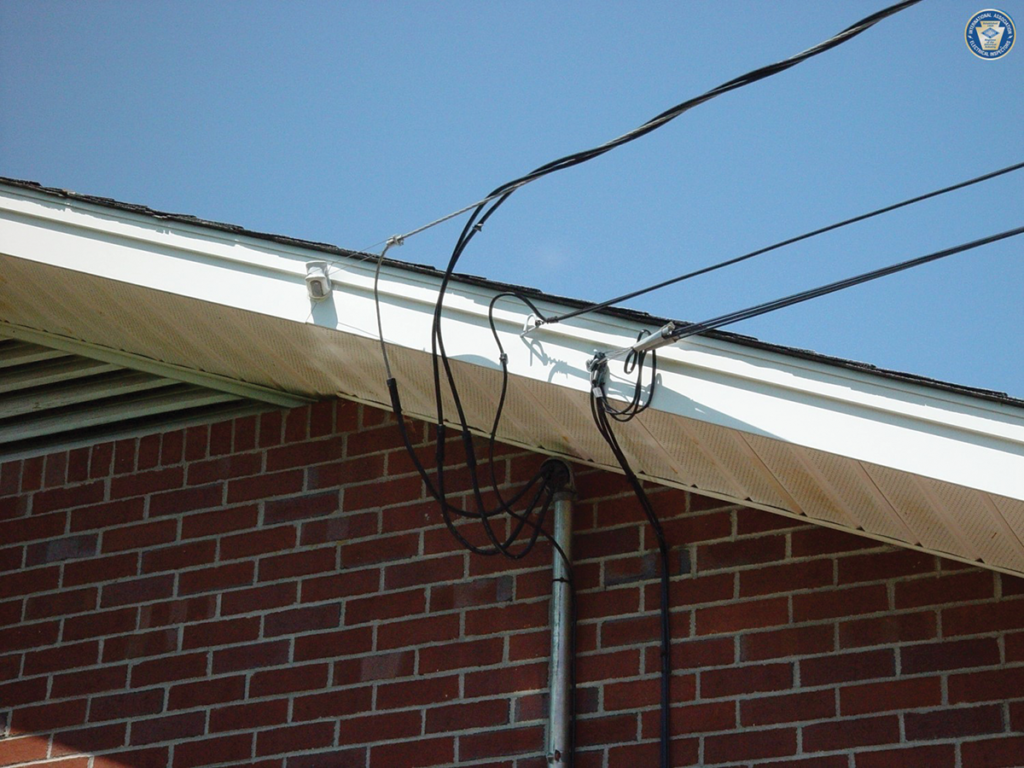
The definition of service point is also found in Article 100 of the 2017 NEC and defined as “the point of connection between the facilities of the serving utility and the premises wiring.” An important informational note clarifies that the service point is, “the point of demarcation between where the serving utility ends and the premises wiring begins. The serving utility generally specifies the location of the service point based on the conditions of service.”
Did you catch that? Who generally specifies the location for the service point? The utility is responsible for this specification (see figure 1 and figure 2).
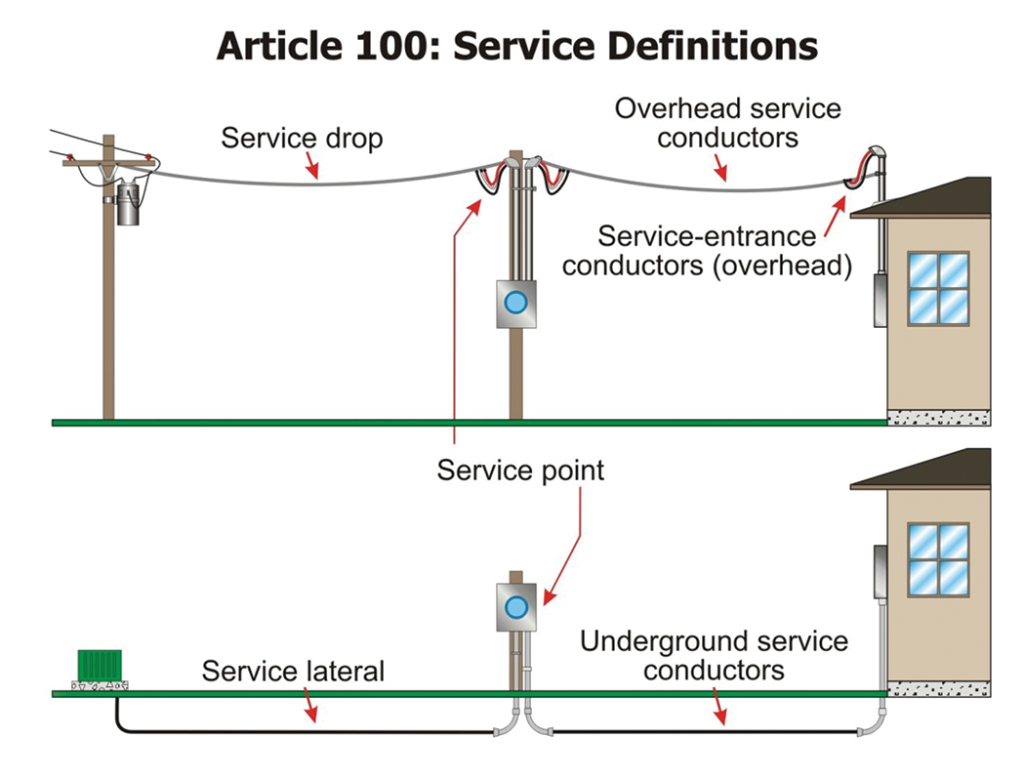
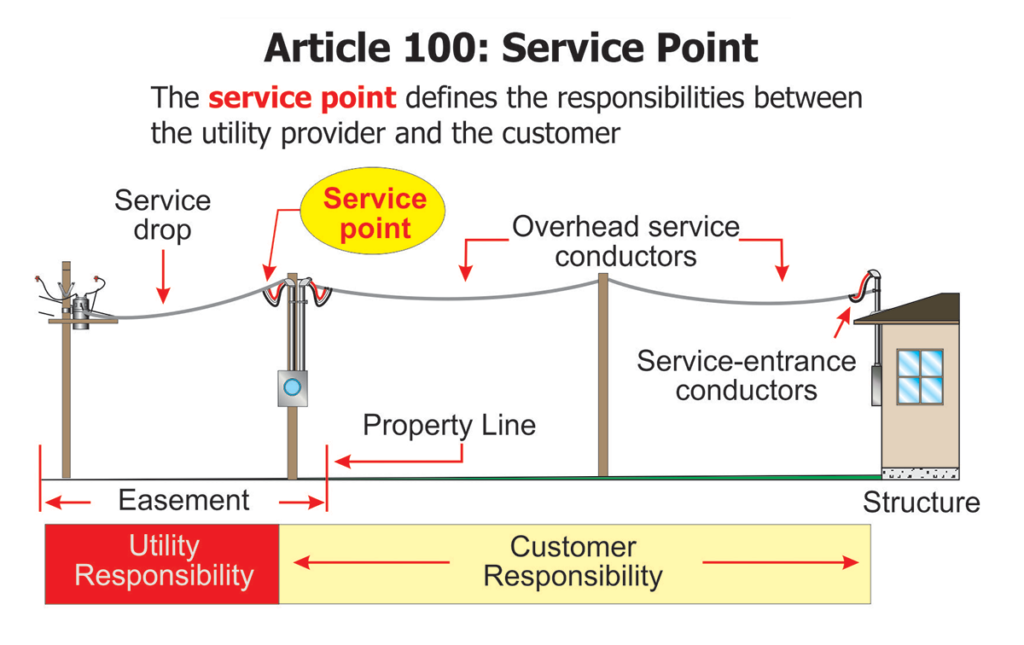
Now imagine what we have previously covered above. The homeowner that is accustomed to waking up and expecting electricity to be present only to find out this is suddenly not the case. After hours or days without electricity, the electric utility trucks and crews are heard and seen coming down the street. Excitement brews, Champaign bottles are readied, and everyone is on edge knowing that restoration of power is imminent. The afternoon viewing of Judge Judy or Dr. Phil may happen just yet!
The truck rows up, and two strapping young men approach the home. These men are in a great paying job and free from the college debt that encumbers many individuals that decided to go to college and not a career in the trades. But that is another story. They spend a few minutes accessing the situation and then return to their truck for tools necessary to complete the work. The crew returns to carefully cut the conductors at the customer’s overhead service and tape them up. They proceed to roll up the service conductors and attach them to the utility pole at a height where they will not harm anyone. A note is left on the door, and they drive away. Tears begin to fall as all hope of electricity returning has suddenly been dashed (see photo 2 and photo 3).
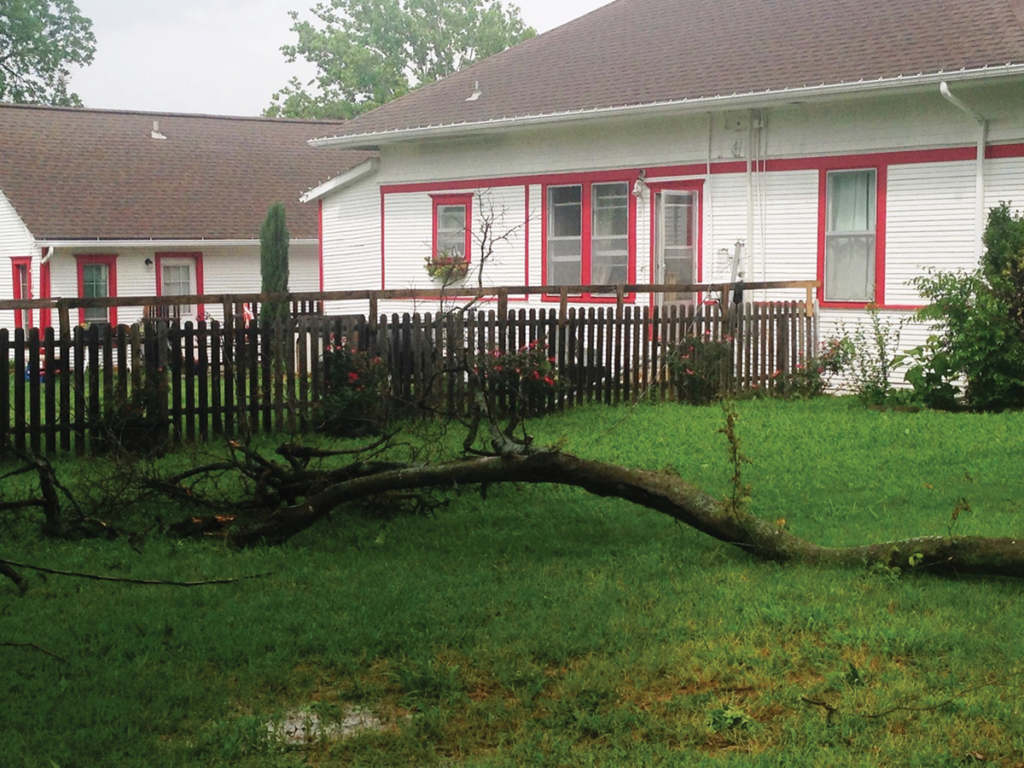
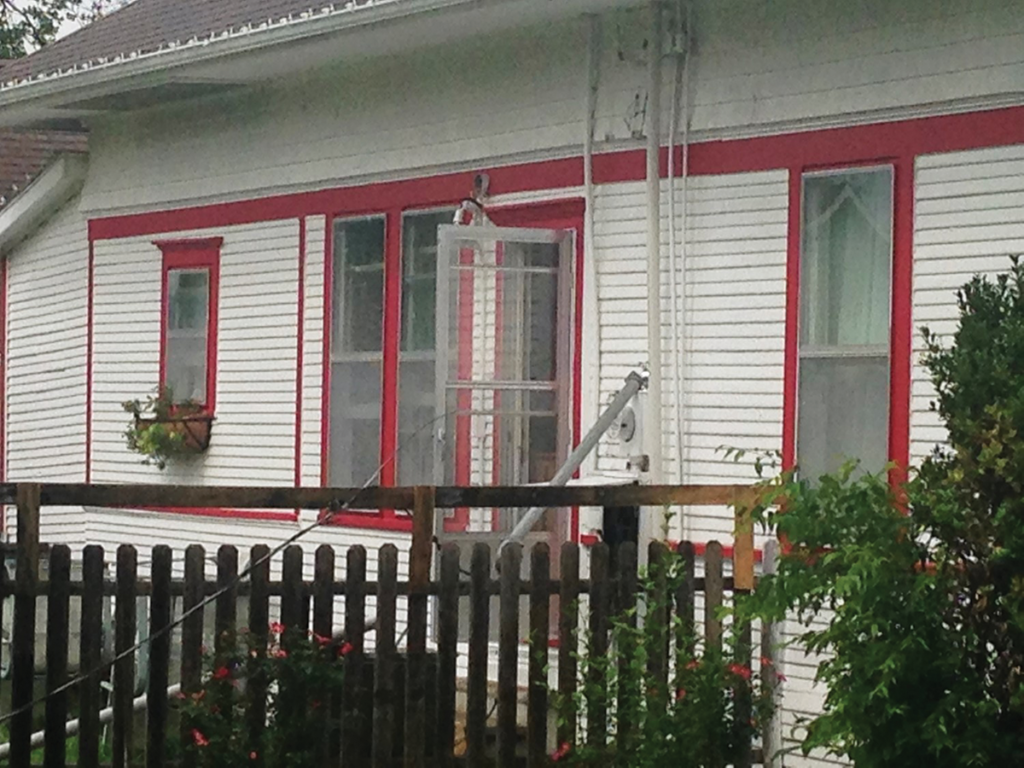
The brokenhearted homeowner opens the door and collects the note. The note informs the homeowner that the customer’s electrical service equipment is damaged and will need the attention of a licensed electrical contractor before service can be restored. A call is placed to an area electrical contractor for assistance. The receptionist answering the phone takes the homeowner’s information and proceeds to tell him that the electrical contractor and crew will be there in 3 to 5 days. Furious, the homeowner calls the utility and demands satisfaction. A utility company customer service representative visits the site and explains to the customer the difference between customer-owned equipment and utility-owned equipment. This is typically the first time the homeowner truly understands the meaning of the term “service point.”
The NEC and Electrical Service Requirements
Overhead electrical services are becoming less and less the preferred way to provide electricity to new homes. Many municipal design standards and utility regulations are requiring the electrical service conductors to be installed underground. This can be aesthetically pleasing but also helps protect these conductors from excessive wind, winter icing events, and accidental contact by vehicular traffic.
Even with this being the case, there are still millions of overhead service installations throughout the country. Let’s review figures 3, 4, 5, and 6 concerning clearance requirements for various overhead service conductors.
Article 230, Services, of the 2017 NEC speaks to the requirements for electrical services. This article contains a lot of information about electrical service installations, but I want to concentrate on Section 230.24(B) for clearances. The opening text at 230.24, Clearances, states that “overhead service conductors shall not be readily accessible and shall comply with 230.24(A) through (E) for services not over 1000 volts, nominal.”
Moving on to Section 230.24(B), Vertical Clearance for Overhead Service Conductors. The text states that overhead service conductors not in excess of 600 volts, nominal, shall have specific minimal clearances from final grade. There are four conditions of clearance height requirements discussed in Part B of 230.24.
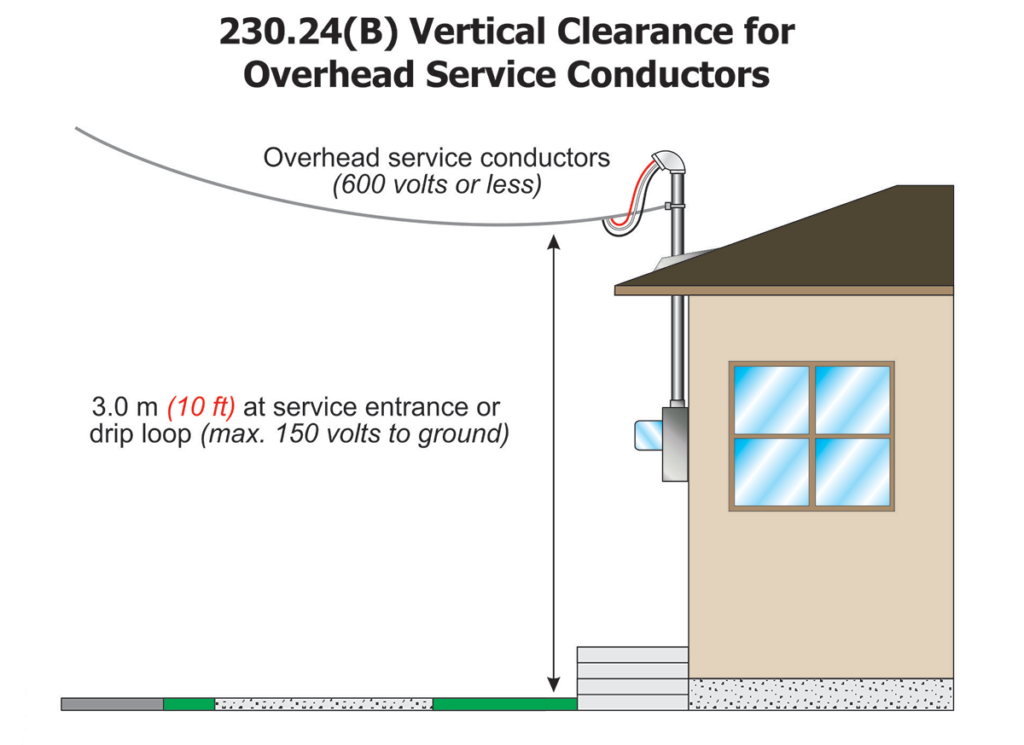
In figure 3, we can see the 3.0 m (10 ft) clearance requirement. This is for electrical service entrance conductors to buildings above areas or sidewalks accessible only to pedestrians. This distance is measured from final grade or other accessible surfaces “for overhead service conductors supported on and cabled together with a grounded bare messenger where the voltage does not exceed 150 volts to ground.”
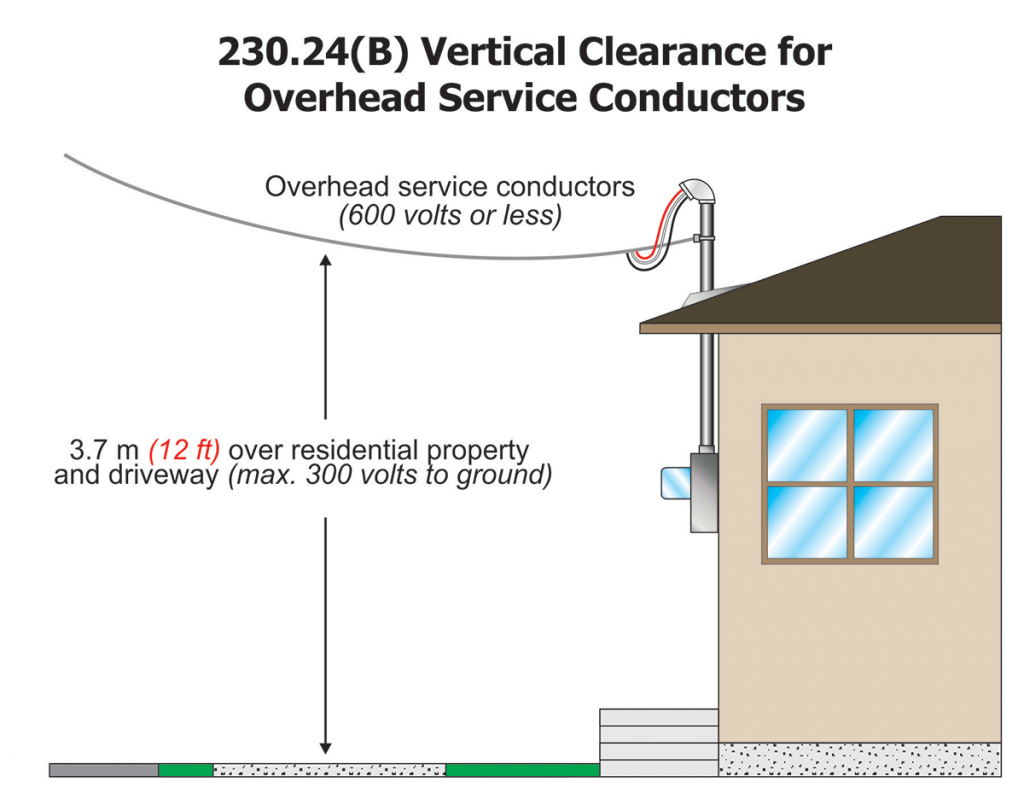
Figure 4 shows another scenario, the 3.7 m (12 ft) clearance requirement. This requirement is for installations “over residential property and driveways, and those commercial areas not subject to truck traffic where the voltage does not exceed 300 volts to ground.”
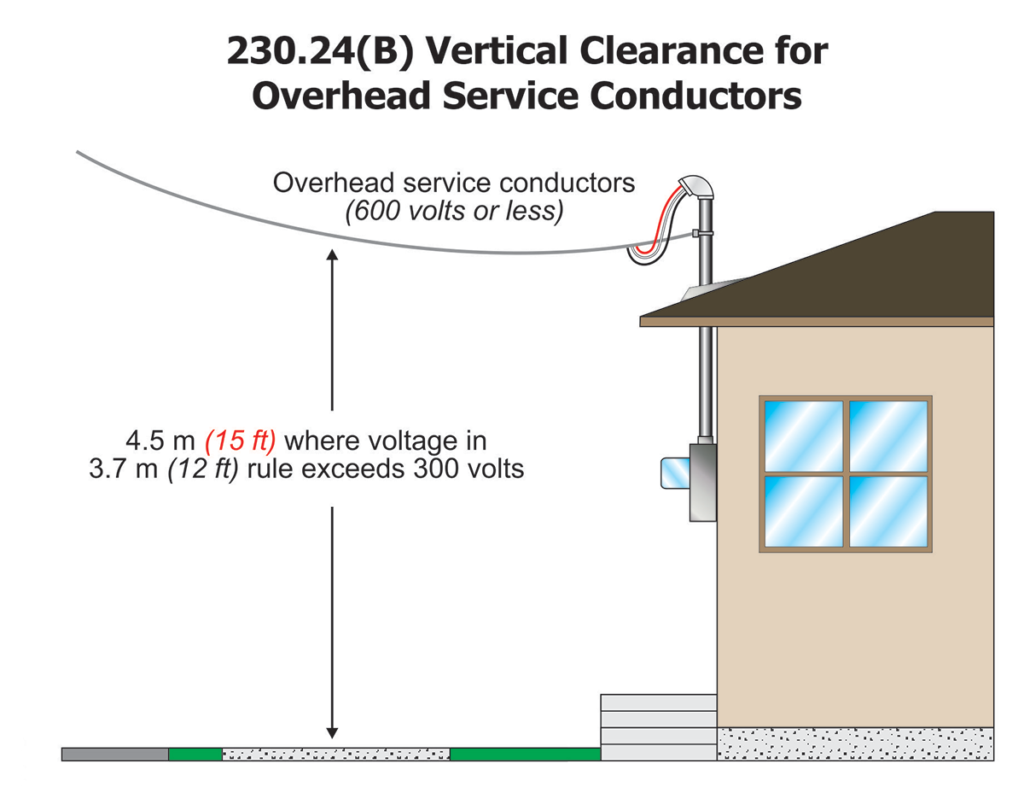
Figure 5 details the requirements for the 4.5 m (15 ft). This application is for “those areas listed in the 3.7 m (12 ft) classification where the voltage exceeds 300 volts to ground” (see figure 4 and figure 5).

The last clearance to discuss is found in figure 6. This is the 5.5 m (18 ft) clearance “over public streets, alleys, roads, parking areas subject to truck traffic, driveways on other than residential property, and other land such as cultivated, grazing, forest, and orchard.” Some might question as to the applicable nature of this requirement to dwelling units. There are several installations when an overhead service conductor passes over an alley or street to serve a dwelling unit. Public service vehicles such as sanitation trucks can sometimes come in contact with these conductors when driving around the neighborhood collecting garbage and other household items discarded by the homeowner.
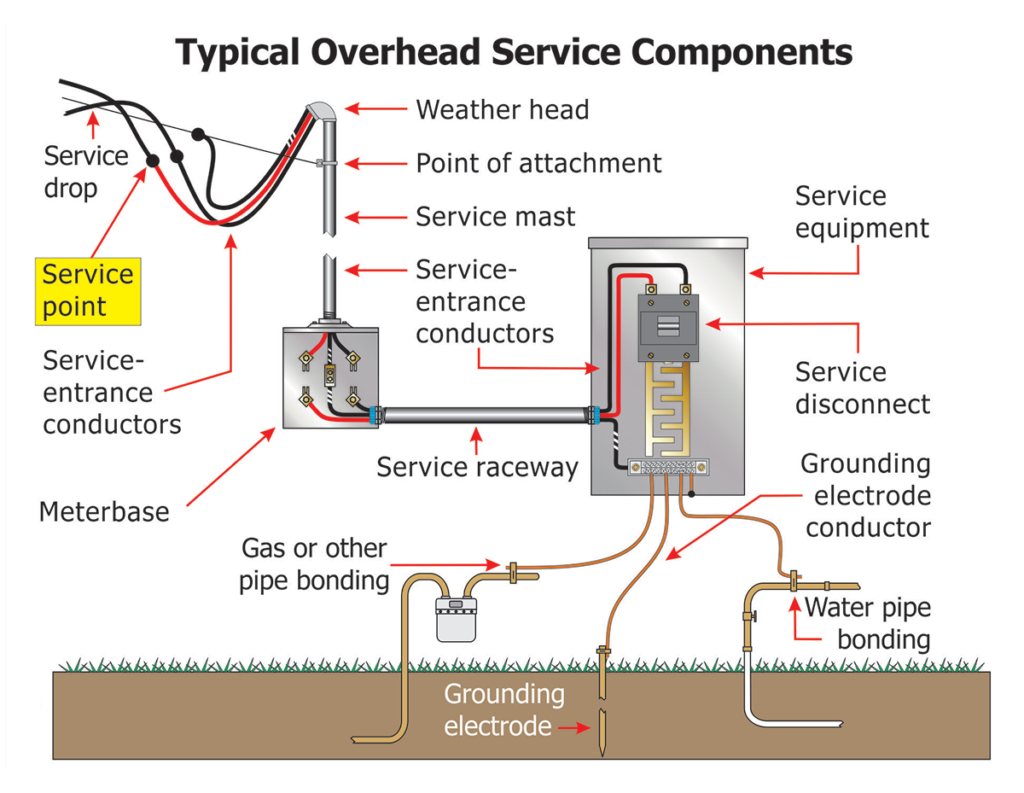
The typical components of an electrical service are numerous. Figure 7 shows these components, alerting the reader to just what is the responsibility of the utility and what is the responsibility of the homeowner. As you can see from our discussion about the term service point, the majority of the components in figure 7 are the responsibility of the homeowner. An exception in some instances is the meterbase. In some cases, the utility provider provides the meterbase as part of the service requirements for a building. Always speak to your service electric utility for their service installation guidelines and requirements. In the end, these requirements will make or break your ability in getting the electrical service at the building connected, even if the electrical inspector has passed the service inspection.
After the Storm or Emergency Event
When electricity distribution is disturbed, the average person loses their mind. We as a society have become so accustomed to the benefits of this technology that we don’t know how to act without it. The Saturday or Sunday afternoon of television viewing comes to an abrupt end, the purchase at the mall is interrupted because the credit card machine will not work, or the family outing to the movie theater ends early. We, as a society, suffer without our precious electricity.
However, think about the other side of the coin. What about those brave men and women who respond to these outages so that the electrical service can be restored? These are some of the most professional and dedicated people society has to offer. They are engaging with this invisible force of electron movement, which can bring enjoyment as well as electrocution if not appropriately handled — working in the rain, snow and freezing temperatures to get the electrons flowing again. All part of the sometimes “invisible” workforce of electrical professionals working to keep you and your family electrically safe.
Envision electrical contractors, electrical inspectors, and electrical utility personnel working hand in hand to bring you back your electricity — what a beautiful image this relationship brings to mind. I’m sure some are democrats, and some are republicans, but in the end, they are all working to achieve one goal— getting the power back on to the customer who pays an electric bill. They are relying on their training and the requirements found in the National Electric Code and the National Electric Safety Code (NESC) as guidelines to do it safely. These people are heroes in my book! Giving up their personal time with family and friends in your time of need, carrying on the tradition of keeping your family electrically safe.
So, the next time the power goes off, grab a book for a relaxing afternoon of reading. Or, better yet, grab your fishing pole and go to the pond or creek and fish awhile. Get back in touch with the activities of your past relatives that did not need electricity to have a good time. And know that soon, the power will be back on!
1NFPA 70, 2017 National Electrical Code.

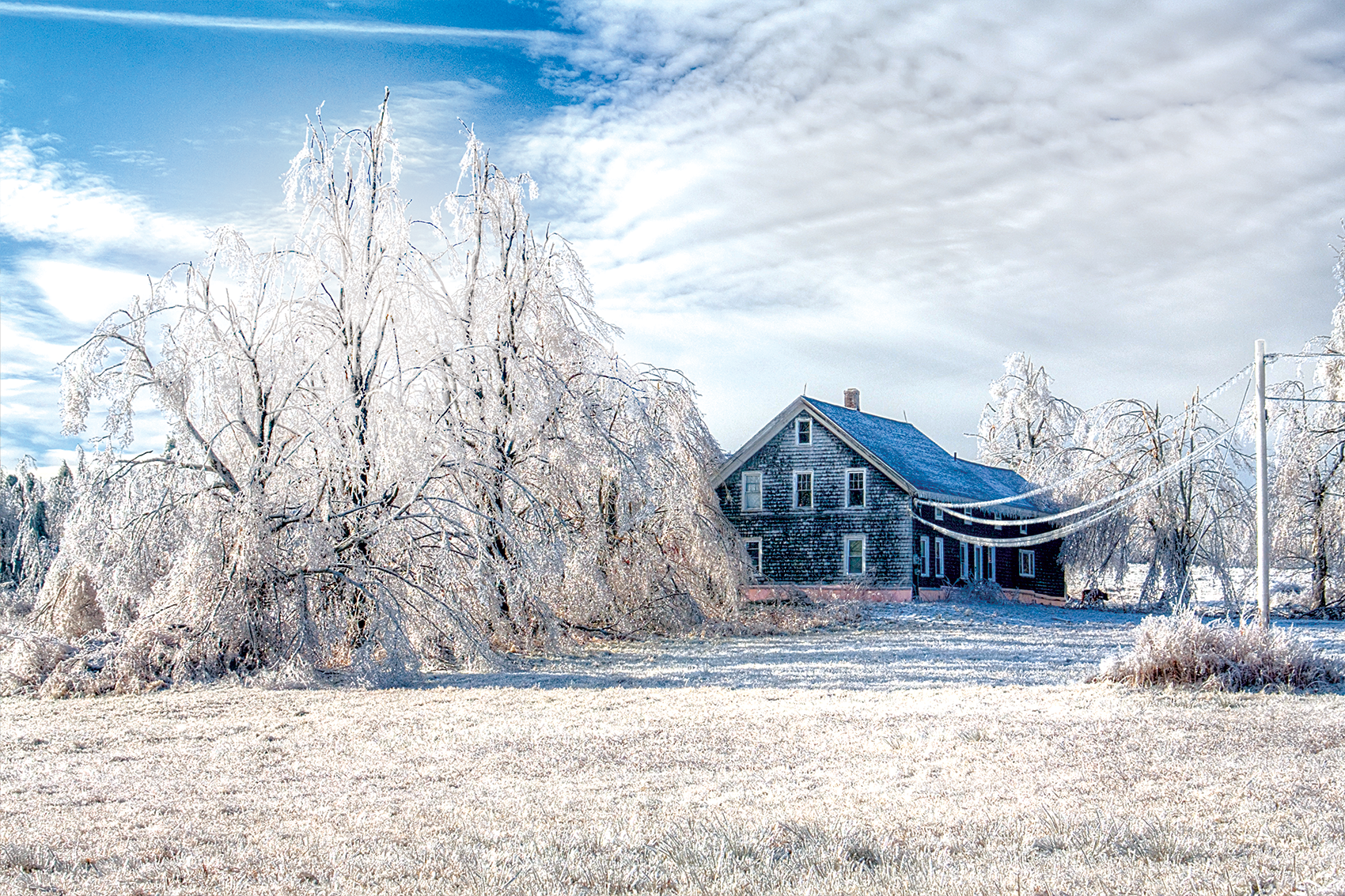







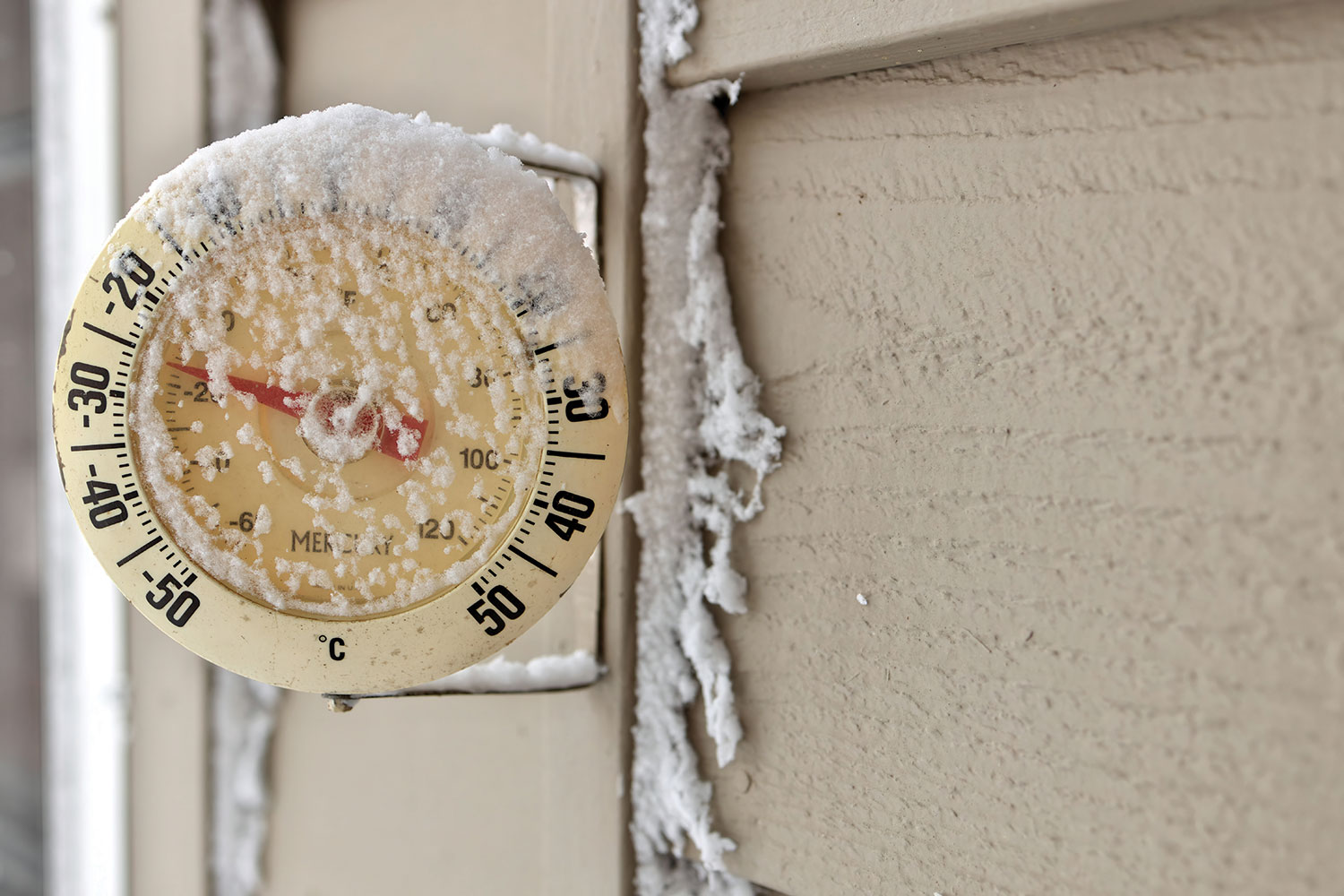
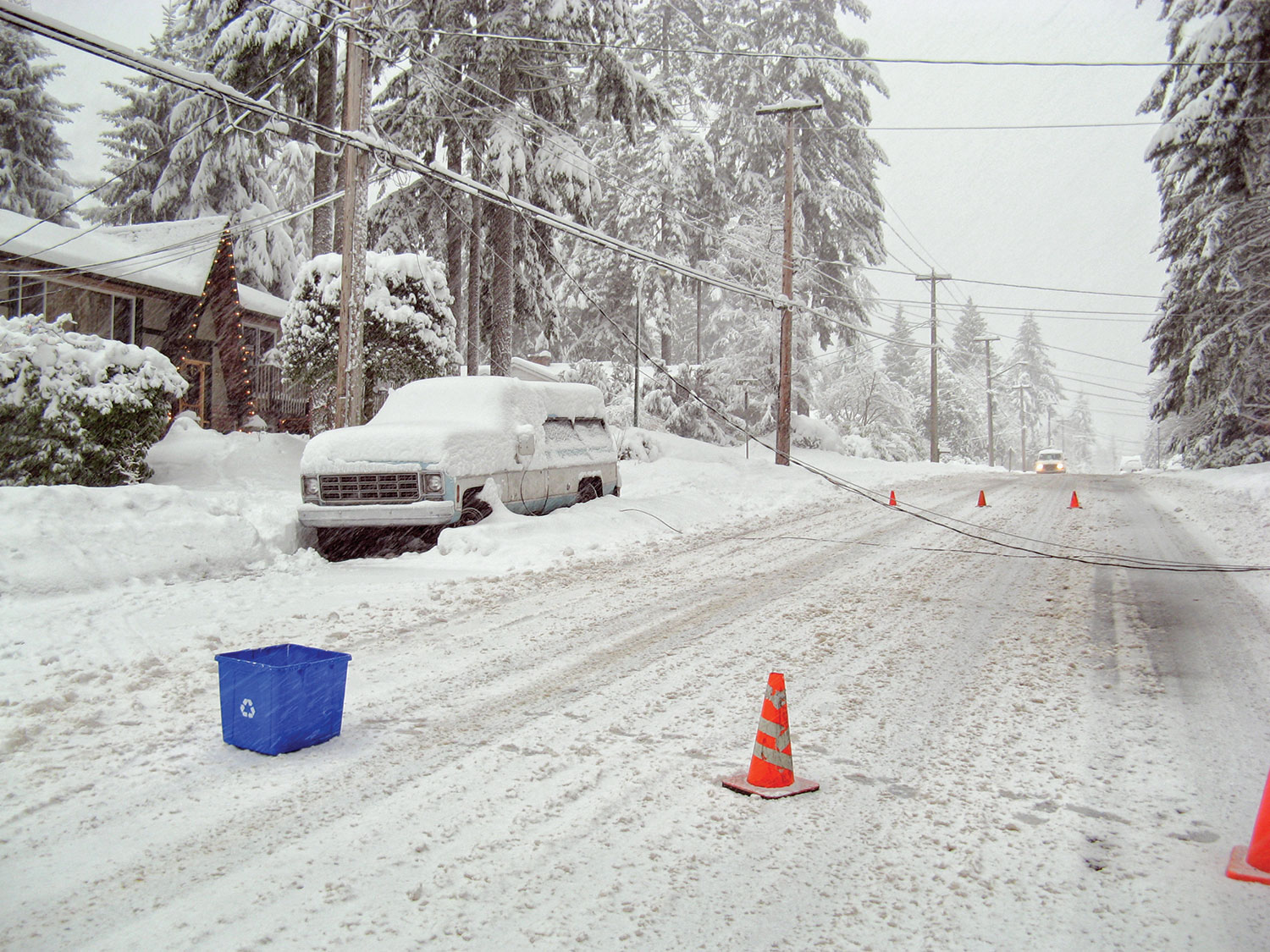
Find Us on Socials